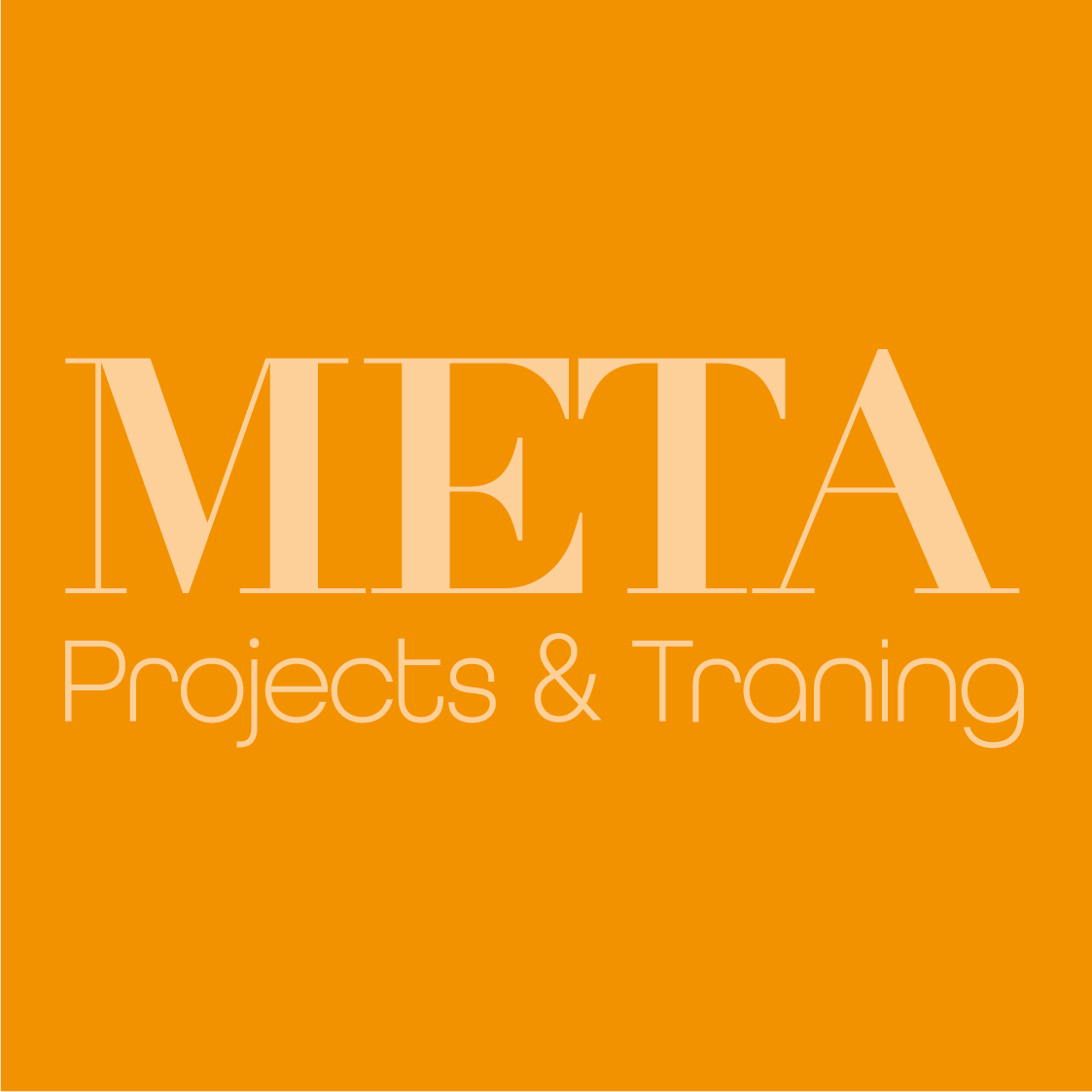Scrum Guide Update just in time for the 25th anniversary of Scrum
Here is the proof again: Scrum is nothing "new" or short-lived - on the contrary. Ken Schwaber and Jeff Sutherland published the Scrum Guide 25 years ago.
It is a simple framework that makes it possible to Teams to start working on complex problems .
Scrum remains Scrum - but some things have changed with the update. Here are the most important things from our point of view:
For example, the following points were removed or shortened:
- 3 Questions in the Daily Scrum. Development teams now often meet after the Daily Scrum.
- There are mandatory attributes of a Product Backlog entry.
There are the 8 elements of the Sprint Review.
- The detailed reasons for which the sprint retrospective is carried out are given.
- A recommendation on how much of the development team's capacity the refinement usually takes up.
- It shows how the achievement of the objectives in the product backlog can be monitored.

Do you need support in introducing Scrum in your company?
Further changes to the Scrum guide
The Scrum Team becomes ONE Team
The Development Team is essential for Scrum - and should no longer be seen separately. The role Development Team has become "Developer": There is now only ONE Scrum Team, which consists of a Scrum Master, a Product Owner and Developers.
From the Vision to the Product Goal
To support Scrum teams in focusing on a goal, the Product Goal was introduced in the Scrum Guide 2020. It also describes WHY and WHETHER the product is being developed.
The Product Goal can serve as a target for the Scrum team to plan their future work. Each Sprint should bring the product closer to the Product Goal. It also helps the Scrum Team to make the progress of their work on the Product Backlog visible and measurable.
The artefacts contain a commitment
In the new Scrum Guide 2020, the artefacts have received a commitment:
For the Product Backlog it is the Product Goal
For the Sprint Backlog it is the Sprint Goal
For the Increment it is the Definition of Done
Commitments describe the artefacts and thus provide clarity about the purpose, context and value of the artefact. They improve transparency and provide a way to measure progress against that artefact.
Sprint Planning
Sprint planning now also answers the question of why.
The Scrum Team asks itself the following questions in Sprint Planning:
Which product backlog entries can be completed in the sprint and How the selected work can be completed, now also the question, why this sprint is valuable for the stakeholders.
Scrum teams manage themselves
In the 2017 Scrum Guide, the Development Team is described as self-organising, which means that the Development Team independently determines who and how the work should be done. The Scrum Guide 2020 emphasises that the Scrum Team as a whole manages itself.
"The Scrum Team is responsible for all product-related activities, ranging from stakeholder collaboration, review, maintenance, operations, experimentation, research and development, and any other required activities." - Scrum Guide 2020
Download Scrum Guide
He describes Scrum for what it is: a minimal framework that helps people, teams and organisations generate value through adaptive solutions to complex problems. The Scrum Guide 2020 can be downloaded here.

